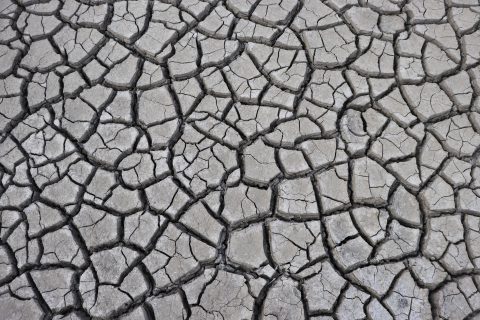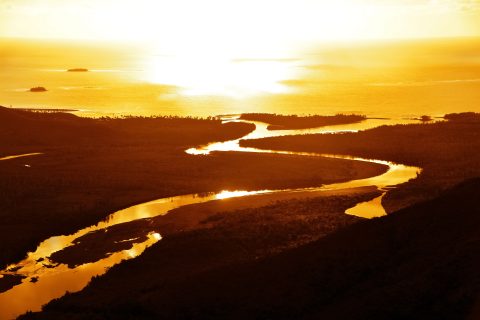Caramba takes water conservation to academic level

Even though water recycle installations are mandatory in car wash facilities, not every owner takes the matter so seriously. Caramba does. The German company recently hooked up with the university in Recklinghausen to find new ways to save water and costs.
Most modern car washes have a wastewater recycle plant. some even go completely biological, like this car wash that recently opened in Dubai. But much still needs to be done, knows Andreas Beyer, who teaches at the Westphalian University of Applied Sciences in Recklinghausen. Together with chemical company Caramba from Duisburg he is involved in a recently started joint research project.
Beyer teaches molecular genetics in the subject of “Sustainable Biological and Chemical Technologies,” among other things. “There are some approaches to biological treatment, but the optimal condition and process remain misunderstood in everyday life,” Beyer says. “In many cases, the circuits lack oxygen alone. Insect dirt and humic acids from dirt sludge and soil also stick to the cars. Washing adds organic compounds from detergents. An efficiently designed biodegradation stage would be ideal for this. However, such a stage is lacking in the vast majority of cases.”
Freshwater-free car washes
Depending on the car wash, one vehicle wash currently consumes between 50 and 200 liters of water. Among other things, the amount of fresh water consumed also influences the sustainability of a car wash. After all, water is also a major cost factor.
According to Dr. Holger Evers, head of Caramba’s research and development department, there is much that can be improved. “By means of sensible wastewater treatment and recycling of the water into the wash cycle, the environment can be protected, water consumption can be sustainably reduced and savings can be made on wastewater charges.”
From 200 to 10 liter
Researcher Dr. Andreas Beyer has already a goal in mind: “An ideal to strive for […] could be standardized water treatment that is so highly efficient that the car wash cycle only requires ten liters of fresh water instead of 200 liters, because this amount is unavoidably lost through evaporation and carryover.”
Currently, a research concept is being jointly developed so that they can move on to the laboratory phase. The team is supported by Richard Löffler, a master’s student at the Westphalian University of Applied Sciences. He would like to pass his final thesis with this project and, if possible, pursue a doctorate afterwards. This will be followed by a field study, for which Caramba wants to enlist its customers as practical partners.
Also read:
- Wasserschmidt introduces new sludge-separation system at Autotechnica
- INOWA opens biological wastewater plant in Dubai
- World Water Day: Istobal calls for responsible water use
- This is how a car wash can work on climate targets
Image source: Westphalian University/BL




